Affiliate links on Android Authority may earn us a commission. Learn more.
Google Fi vs Verizon: Which carrier is worth your money?
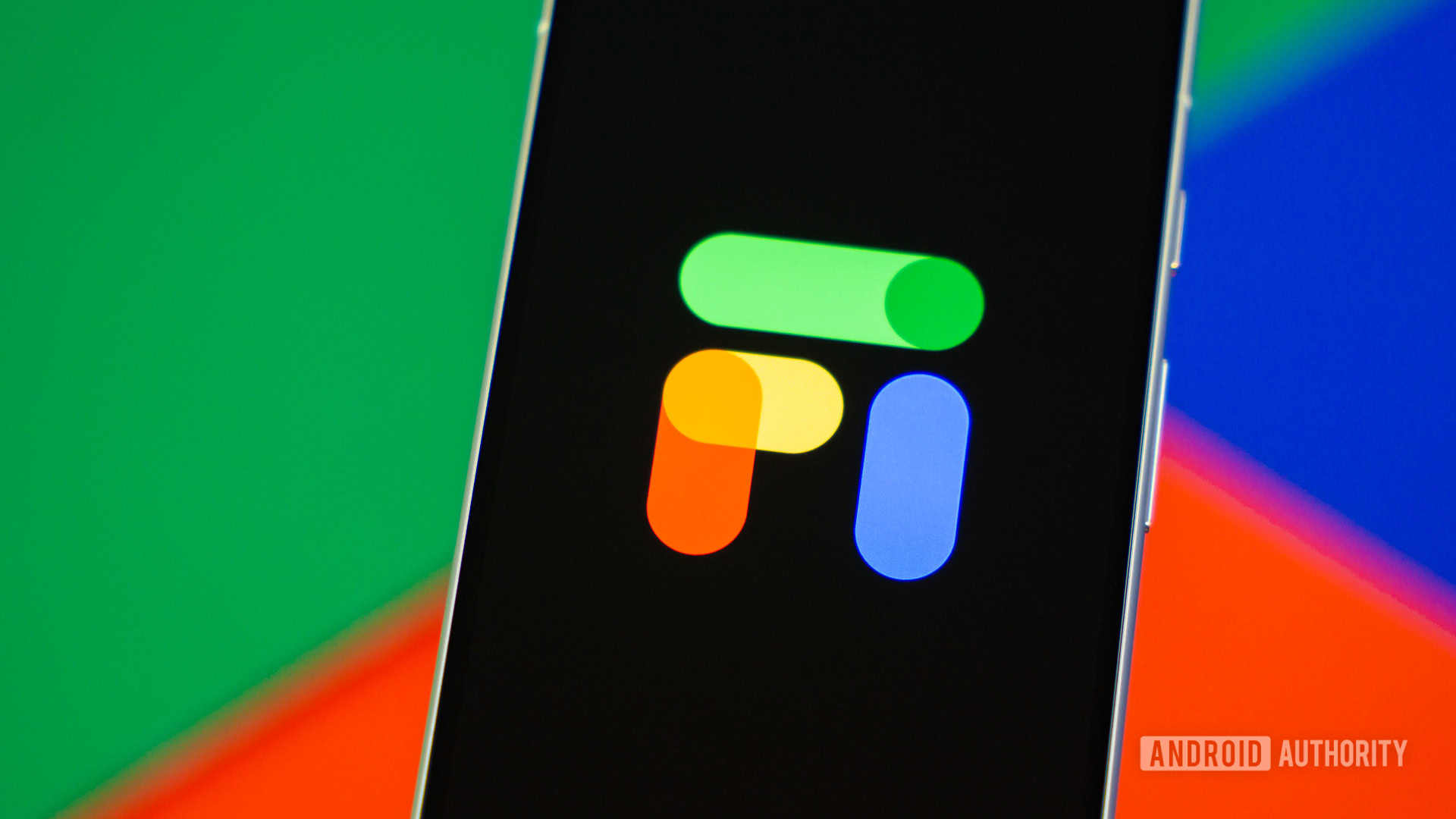
Only one carrier can come out on top in a battle of young vs old. On the one hand, we have Verizon — a top US carrier with mountains of plans and coverage. On the other, Google Fi continues to grow with its unique network structure. The two are vastly different; only one can be your go-to for service. In a battle of Google Fi vs Verizon, which carrier is right for you?
We will take pricing, coverage, and promos into account in our category-by-category breakdown. Are you ready to kick off the first round? Let’s get to it!
Google Fi vs Verizon — At a glance
Here’s a quick breakdown of prices and features before we jump right in to the comparison:
| Flexible | Simply Unlimited | Unlimited Plus | myPlan Unlimited Welcome | myPlan Unlimited Plus | myPlan Unlimited Ultimate | |
|---|---|---|---|---|---|---|
Cost | Flexible $20/mo + $10/GB per month for 1 line $35/mo + $10/GB per month for 2 lines $50/mo + $10/GB per month for 3 lines $65/mo + $10/GB per month for 4 lines $80/mo + $10/GB per month for 5 lines $95/mo + $10/GB per month for 6 lines | Simply Unlimited $50 per month for 1 line $80 per month for 2 lines ($40 per line) $80 per month for 3 lines (previously $25 per line, now $26.67 per line) $80 per month for 4 lines ($20 per line) $100 per month for 5 lines ($20 per line) $120 per month for 6 lines ($20 per line) | Unlimited Plus $65 per month for 1 line $110 a month for 2 lines ($55 per line) $135 per month for 3 lines ($45 per line) $160 per month for 4 lines ($40 per line) $200 per month for 5 lines ($40 per line) $240 per month for 6 lines ($40 per line) | myPlan Unlimited Welcome $65 for one line $55 for two lines $40 for three lines $30 for four lines | myPlan Unlimited Plus $80 per line for one line $70 per line for two lines $55 per line for three lines $45 per line for four lines | myPlan Unlimited Ultimate $90 per line for one line $80 per line for two lines $65 per line for three lines $55 per line for four lines |
Talk & Text | Flexible Unlimited | Simply Unlimited Unlimited | Unlimited Plus Unlimited | myPlan Unlimited Welcome Unlimited | myPlan Unlimited Plus Unlimited | myPlan Unlimited Ultimate $90 per line for one line $80 per line for two lines $65 per line for three lines $55 per line for four lines |
Data | Flexible $10 per GB used until you reach limit | Simply Unlimited Up to 35GB of free, unmetered data | Unlimited Plus Up to 50GB of free, unmetered data | myPlan Unlimited Welcome Unlimited 4G LTE 5G Nationwide | myPlan Unlimited Plus Unlimited 4G LTE 5G Nationwide 5G wideband | myPlan Unlimited Ultimate Unlimited 4G LTE 5G Nationwide 5G wideband |
Hotspot | Flexible Full-speed at $10 per GB rate | Simply Unlimited 5GB of Wi-Fi hotspot tethering per person | Unlimited Plus Full-speed included | myPlan Unlimited Welcome Not included | myPlan Unlimited Plus 30GB 4G LTE or 5G | myPlan Unlimited Ultimate 60GB 4G LTE or 5G |
International | Flexible Free calls from US to Canada and Mexico. On an iPhone, when you travel outside of the US, tethering and Wi-Fi hotspot options are not available. | Simply Unlimited Free calls from US to Canada and Mexico No international calls, texts, and data outside the US, Canada, and Mexico | Unlimited Plus Free calls from US to over 50 countries. Unlimited data and texts in over 200 countries or regions. | myPlan Unlimited Welcome Talk & Text in Mexico and Canada | myPlan Unlimited Plus Talk & Text in Mexico and Canada Texting in over 200 countries | myPlan Unlimited Ultimate Talk & Text in Mexico and Canada Texting in over 200 countries |
Extras | Flexible Data free after per-month limit | Simply Unlimited None | Unlimited Plus 100GB of Google One storage for each group plan member. One year of YouTube Premium per user at no additional cost. | myPlan Unlimited Welcome 480p streaming Can add perks for $10 each, including 100GB hotspot data, Apple Music, Apple One, Disney Plus bundle, and more | myPlan Unlimited Plus $10 each, including 100GB hotspot data, Apple Music, Apple One, Disney Plus bundle, and more | myPlan Unlimited Ultimate Same perks as Plus as well as 10GB of international high-speed data |
Google Fi vs Verizon — Pricing
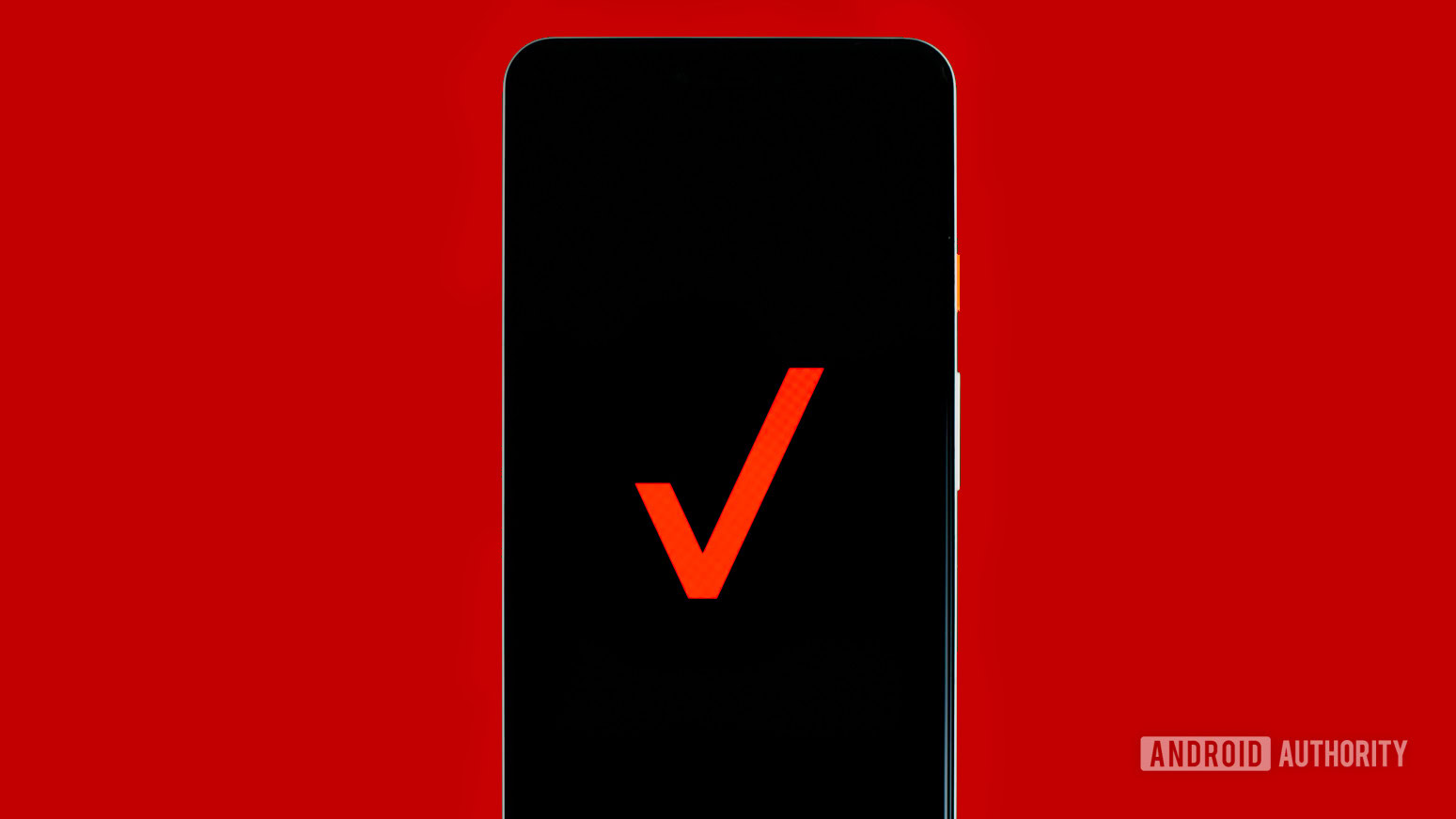
It’s well established that Verizon is one of the more expensive carriers, but not by as wide of a margin as it once was.
Google Fi’s Simply Unlimited option is similarly priced to myPlan Unlimited Welcome, though Verizon is actually $15 cheaper. That said, Google becomes cheaper when you add more lines, and it has the benefit of hotspot access included — something Verizon requires you to pay extra for. Verizon’s base unlimited plan can be as cheap as $30 per line for four lines, while four lines come to $20 per line for Fi Wireless Simply Unlimited. Perks and privileges are actually pretty similar between the two as we’ll get into a bit later.
Next up, we have the myPlan Unlimited Plus and Fi Wireless Unlimited Plus starting at $65. Fi compares pretty favorably and even has a few aces up its sleeves when it comes to international access.
Verizon has the benefit of better data prioritization and truly unlimited access, something you won’t get with Fi.
It’s worth noting Verizon has an even higher-tier plan that adds 10GB of international data. That’s a nice upgrade for Verizon subscribers, but Google Fi’s international roaming features are impossible to beat, which will talk more about a bit later in this article.
While it’s relatively straightforward to compare one unlimited plan to another, Google Fi has another trick up its sleeve — the Flexible Plan. You’ll start with a $20 per month flat rate for a single line, and each gigabyte of data you use costs $10. It’s a great plan if you don’t anticipate browsing too much. Google Fi even offers bill protection, so you won’t pay another dime if you use over 6GB of data as a single line.
Of course, you can always opt for an MVNO if you want to save even more money. There are tradeoffs to think about, but we highly recommend both Metro by T-Mobile and Visible.
Google Fi vs Verizon — Coverage
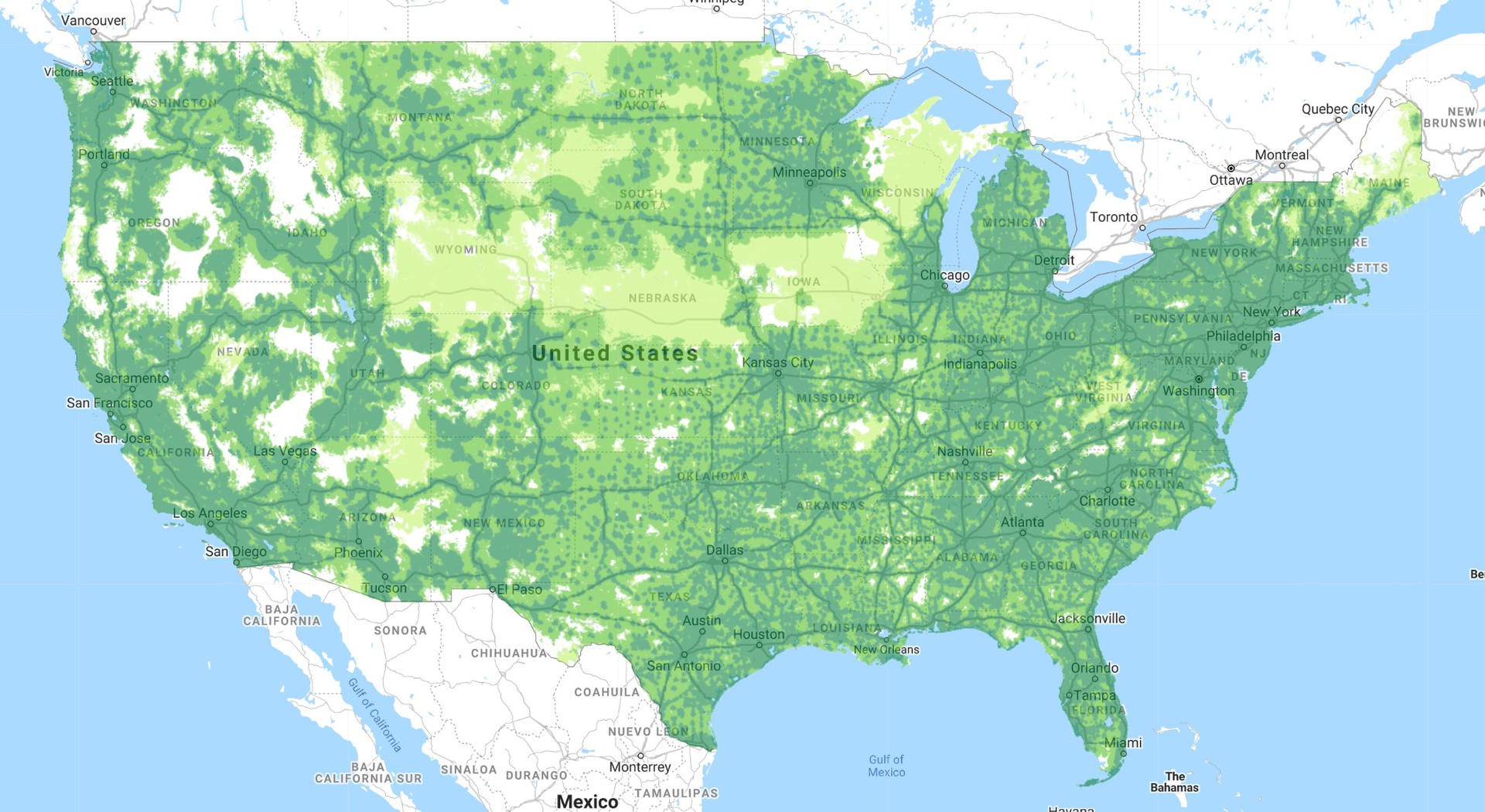
Google Fi primarily uses the T-Mobile network, though it does have a roaming agreement with US Cellular but it only defaults to that network if there’s absolutely no reachable T-Mobile signal.
The dark green regions indicate Google Fi’s 4G LTE coverage in the map above, while the lighter areas denote 3G and 2G coverage. Google Fi’s service may not be perfect, but it has come a long way in the past few years. If you have a 5G-ready device, you’ll also be able to tap into T-Mobile’s nationwide network at no extra cost. You can check out Google Fi’s local coverage by entering your zip code here.
On the other hand, Verizon’s 4G LTE network is the largest among major US carriers, reaching 70% of the United States. It offers reliable coverage and solid speeds for most users across the country. Big Red also manages some of the best 5G speeds, though the mmWave network is not without drawbacks. If you’re not within the mmWave territory, Verizon’s brand-new Nationwide 5G network is far more accessible, and you can explore its new map right here.
Google Fi vs Verizon — Perks and promotions
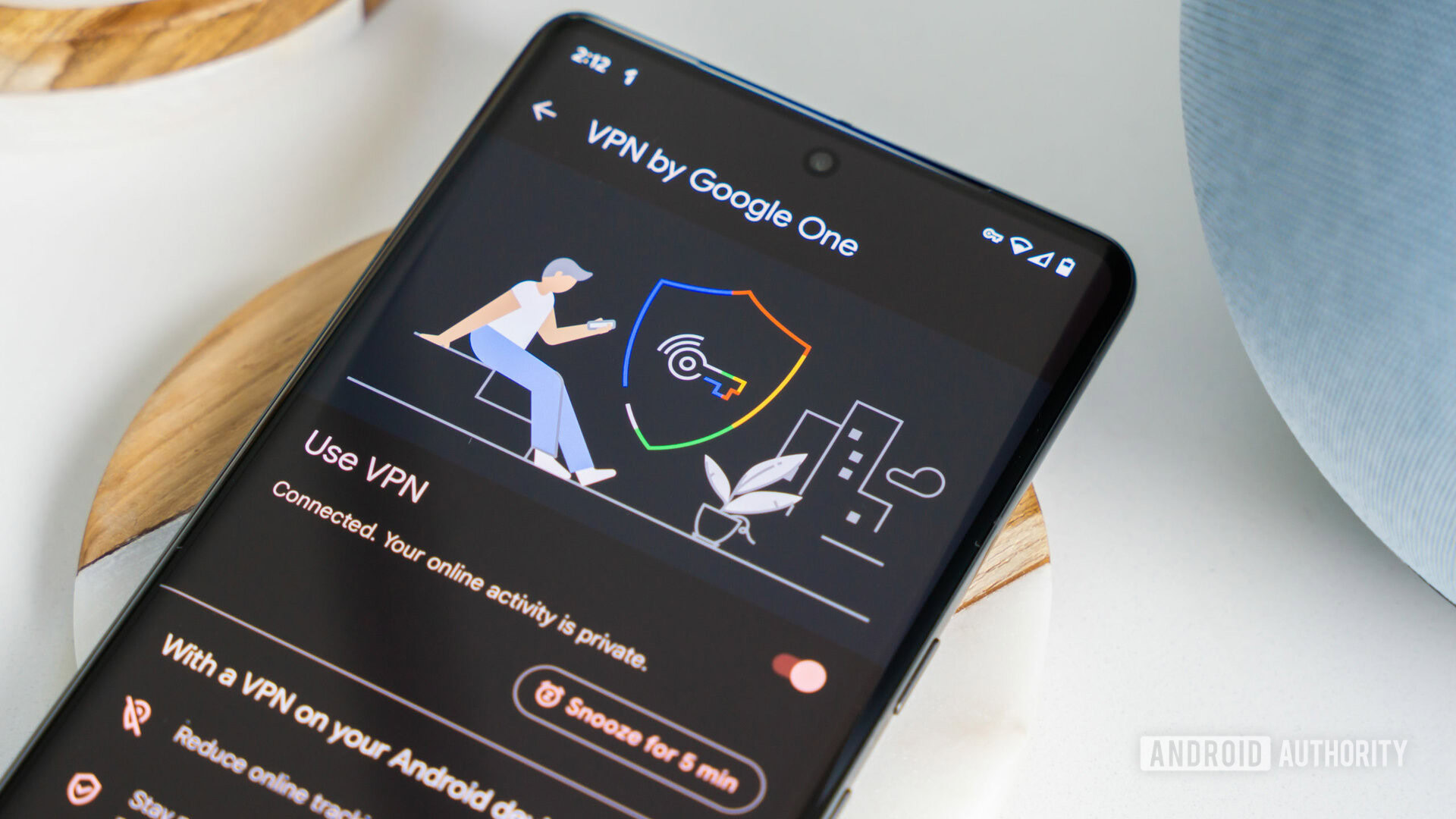
Coverage and pricing are important, but they don’t tell the whole story. Perks and extras must also be considered. Verizon made some big changes earlier in 2023 and stopped offering perks bundled with its plans. Instead, it simplified its plans down to just two and introduced perks as add-on benefits that cost $10 a piece. The perks you can add include:
- Disney Bundle (Hulu, Disney Plus, ESPN Plus)
- 2TB Cloud Storage
- 100GB Mobile hotspot
- Walmart+ Membership
- Apple One
- Apple Music Family
- Smartwatch Data
- 3 TravelPass Days
All of these perks would cost more if you were to subscribe directly, such as the Disney Plus Bundle.
Over on Google Fi, the Android creator tosses in a handy Google One membership with your Unlimited Plus plan. It’s a $2 monthly value, including cloud storage, discounts, and support for Google products. Unfortunately, the Flexible and Simply Unlimited plans are hung out to dry except for the bill protection for heavy data users.
There are also great international data options for Fi, such as the ability to make calls and texts for free in 200+ countries if you have the premium unlimited plan. Even the base plans have the ability to call select countries from the US. Its Unlimited Plus plan includes unlimited high-speed data in over 200 countries, while the Flexible plan lets you use data internationally at the cost $10 per gig. In contrast, Verizon offers limited international options, though its most expensive tier does include 10GB of international data.
Verizon is in the driver’s seat when it comes to promotions. You can snag substantial savings on select Google Fi devices like the Galaxy S23 family, but there aren’t as many devices to choose from overall. Big Red is happy to give you a couple of hundred dollars off of most flagships when you switch. In fact, you can get a Galaxy S23 or a Pixel 8 free right now when you trade in a device. While Fi also offers some solid promotions, they occur less frequently.
Google Fi vs Verizon — Phone selections
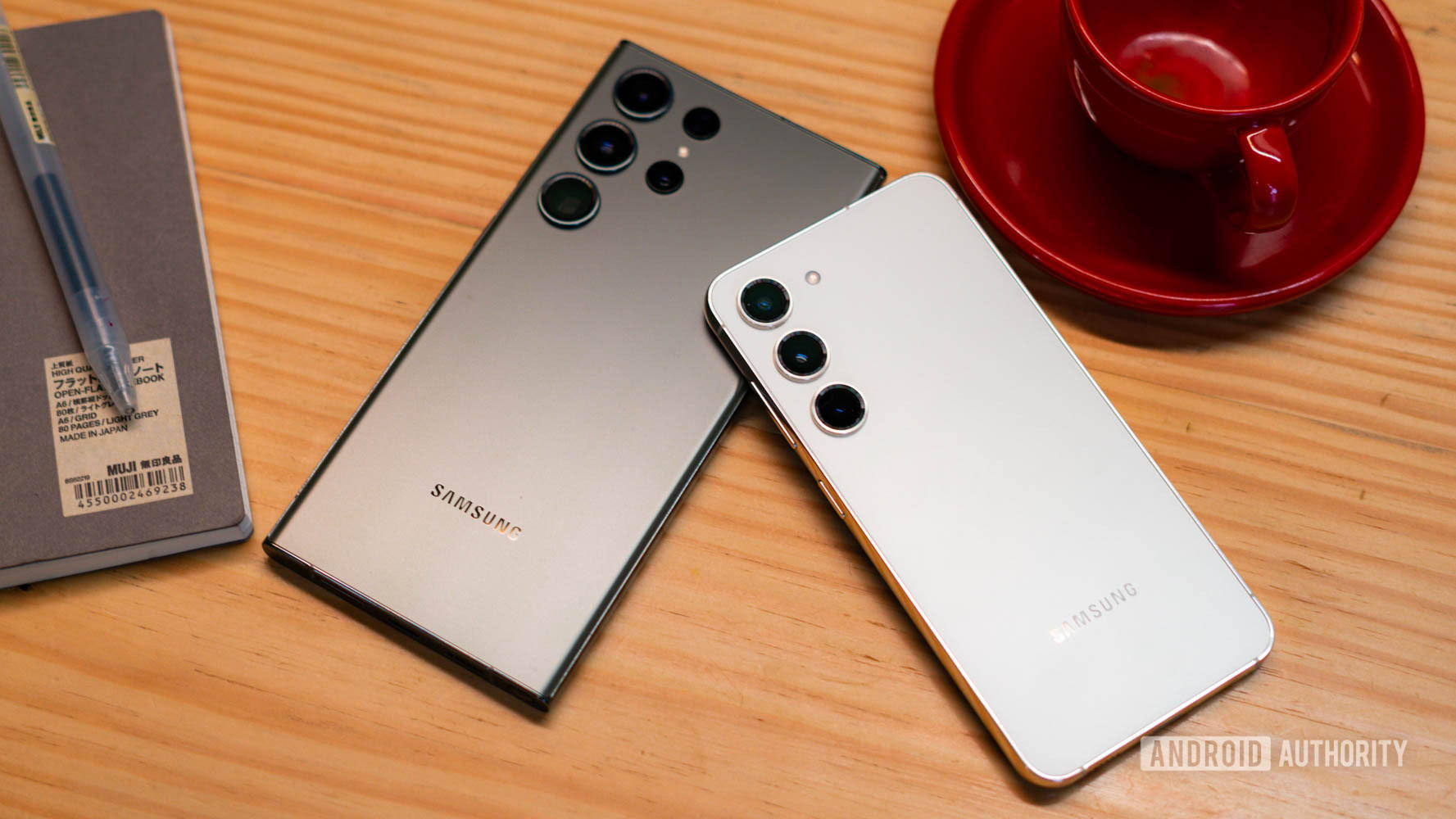
Like many of the largest US carriers, Verizon offers an impressive list of devices. If you can name it and it’s sold directly in the US, then Verizon probably supports it. You’ll notice that a few of Verizon’s 5G phones are also set up under the UW name (ultrawide), which means that they’re explicitly configured for Big Red’s mmWave network. Luckily, the launch of Nationwide 5G makes it easier to bring your 5G-ready device or pick one up universally unlocked.
Here are some of the best Verizon phones you can buy:
- Apple iPhone 15 series: Apple iPhone 15, 15 Plus, 15 Pro, and 15 Pro Max represent the very best Apple has to offer.
- Samsung Galaxy S24 series: The Galaxy S24, S24 Ultra, and S24 Plus are easily some of the most powerful Android phones in existence.
- Google Pixel 8 series: Google’s latest Pixel family finally addresses overheating issues and offers plenty of upgrades to the camera and more.
- Motorola Edge Plus: The Motorola Edge Plus is one of the best phones from Motorola in years.
- Motorola Razr Plus: The Razr Plus finally delivers a great foldable experience and in many ways outshines the Z Flip series.
Be sure to check out our For a full list of options, or if you’re ready to buy, be sure to head to Verizon’s official website.
Google Fi also supports an incredible list of devices, and you can bring almost all of them yourself. You can grab the Pixel 8 Pro and the rest of the Pixel family, and now the entire S23 range right from the carrier. Essentially all the phones listed above can be found on Fi as well, with the exception of the Motorola options. Here is the list of all other supported devices.
It’s easy to be overwhelmed by the number of choices from either carrier, but we’ve conveniently narrowed down the best phones from Verizon and Google Fi to help out.
Which carrier is right for you?
At long last, the answer you’ve been waiting for. In the battle of Google Fi vs Verizon, which carrier wins? Unfortunately, the answer is that it depends on your needs. Verizon offers a massive network and a laundry list of perks, though you’ll pay a pretty penny for coverage. If you need a lower-cost plan from Verizon, you’ll have to sacrifice most of the perks that make it worthwhile. Over at Google Fi, you’ll find just two plans and a few phones to pick from. Google Fi’s use of T-Mobile’s and UScellular’s networks offers reliable coverage with seamless switching, and it’s an excellent option for travel abroad too.
We’ve also compared Google Fi to the other heavy hitters, AT&T and T-Mobile, just in case you’re coming from a different network.